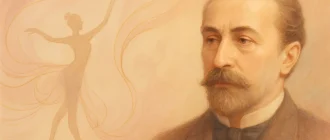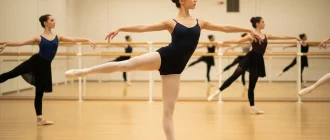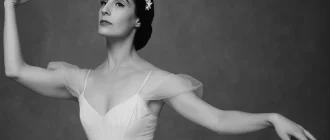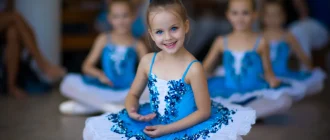Swan Lake Ballet is a renowned classical ballet composed by Pyotr Ilyich Tchaikovsky. It follows the tragic love story between Prince Siegfried and Odette, a princess cursed to live as a swan forever after. Premiering in 1877, its music and choreography continue to mesmerize audiences worldwide.
Graceful Insights
- Swan Lake, composed by Tchaikovsky in 1875, blends Russian and German folklore and highlights love, deception, and tragedy themes.
- The ballet’s initial performance in 1877 was severely criticized, prompting revisions that shaped its enduring legacy and adaptations by future choreographers.
- The complex character dynamics, especially between Odette and Odile, alongside Tchaikovsky’s vibrant score, emphasize the ballet’s exploration of innocence, seduction, and emotional conflict.
Art de Podcast
| Aspect | Details |
|---|---|
| Title | Swan Lake |
| Composer | Pyotr Ilyich Tchaikovsky |
| Librettists | Vladimir Begichev and Vasily Geltser |
| Premiere Date | March 4, 1877 (original) |
| Premiere Location | Bolshoi Theatre, Moscow, Russia |
| Choreographers | Original: Julius Reisinger (1877) Most famous version: Marius Petipa and Lev Ivanov (1895) |
| Main Characters | – Odette (White Swan): A sorcerer’s curse turns The princess into a swan. – Prince Siegfried: The ballet hero who falls in love with Odette. – Odile (Black Swan): The evil doppelgänger of Odette. – Rothbart: The evil sorcerer. |
| Plot Summary | The ballet tells the story of Prince Siegfried, who falls in love with Odette, a princess cursed by the sorcerer Rothbart to live as a swan by day. The prince vows to break the curse, but Rothbart deceives him with Odile, Odette’s evil lookalike. |
| Structure | 4 Acts |
| Famous Scenes | – Act II: The iconic “White Swan Pas de Deux” between Odette and Siegfried. – Act III: The dramatic “Black Swan Pas de Deux” showcases Odile’s seduction of Siegfried. |
| Musical Highlights | – “Swan Theme” (leitmotif of Odette) – “Dance of the Swans” – “Black Swan Pas de Deux” |
| Signature Dance Styles | Classical ballet technique strongly emphasizes pointe work, precise footwork, and fluid upper-body movement, especially in the portrayal of Odette and Odile. |
| Themes | – Love and betrayal – Duality (good vs. evil, Odette vs. Odile) – Tragic destiny – The conflict between fantasy and reality |
| Versions and Adaptations | There have been numerous adaptations worldwide. The 1895 version, choreographed by Marius Petipa and Lev Ivanov, is the most popular. Different productions alter the ending, from tragic to romantic, depending on the choreographer’s artistic vision. |
| Cultural Impact | Swan Lake is one of the most performed ballets of all time, influencing dance, music, and popular culture. The “Black Swan” figure has become iconic, symbolizing deception and seduction in various media. |
| Notable Ballet Companies | Mariinsky Ballet, Bolshoi Ballet, Royal Ballet, American Ballet Theatre, Paris Opera Ballet, and others frequently stage this iconic work. |
The Origins of Swan Lake
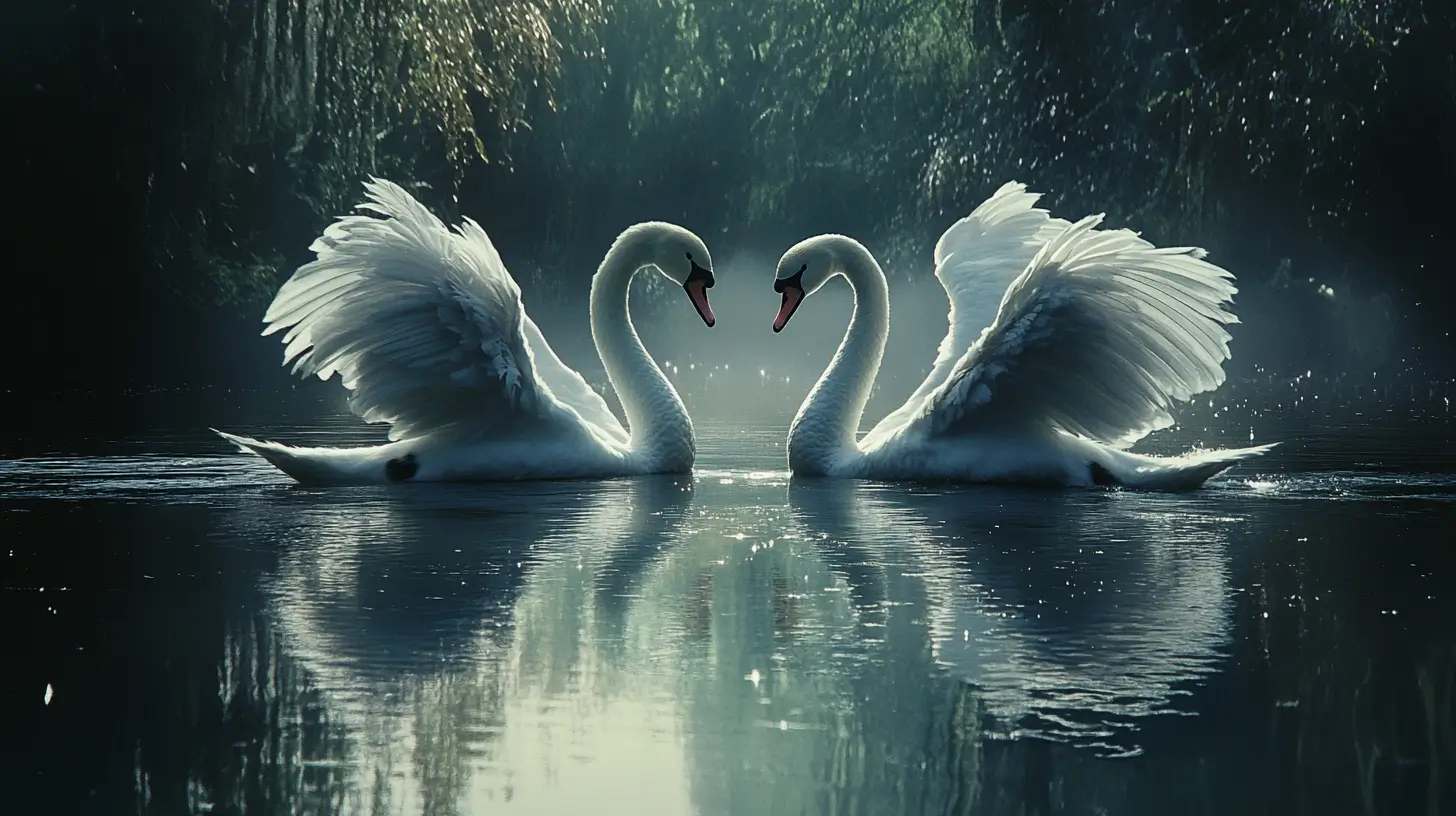
The genesis of Swan Lake is steeped in mystery and folklore, drawing inspiration from Russian and German folk tales, though no definitive authorship has been established. One prevailing theory suggests that Julius Reisinger, a Bohemian choreographer familiar with folk narratives, may have conceived the original story.
This blend of cultural influences creates a rich tapestry that underpins the ballet’s narrative, adding layers of depth to its enchanting and tragic themes.
The journey of Swan Lake began in 1875 when the Russian composer Pyotr Ilyich Tchaikovsky was commissioned to create a full-length ballet. This commission was motivated by Tchaikovsky’s earlier experience of staging a short ballet, ‘The Lake of the Swans,’ for his family in 1871.
Fueled by enthusiasm and urgency, Tchaikovsky completed the score within a year, thus laying the foundation for one of the most beloved ballets in history.
Tchaikovsky’s Creative Process
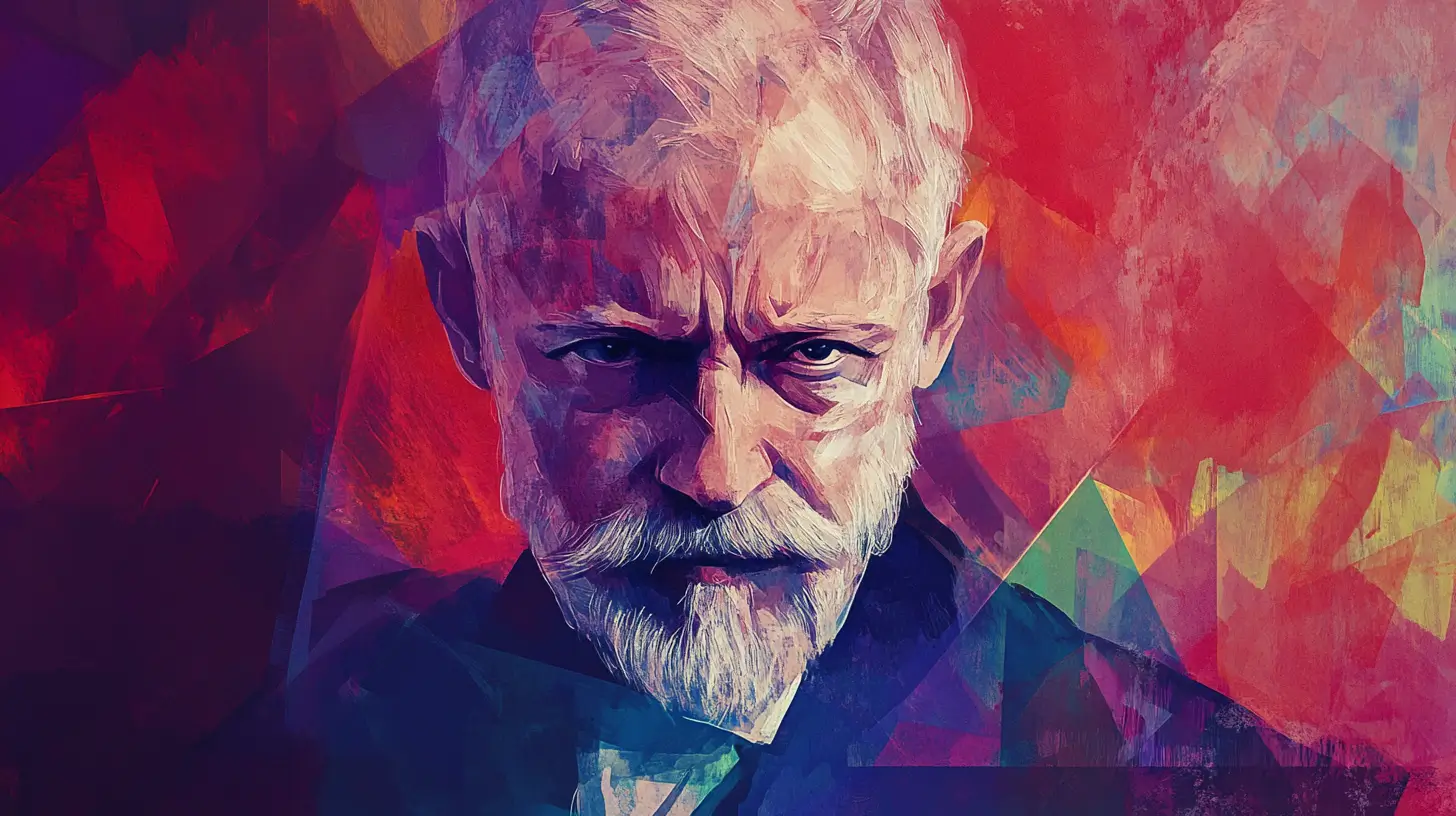
Tchaikovsky’s music for Swan Lake was a labor of love, reflecting his longstanding interest in ballet music. Before beginning this project, he had expressed a desire to create ballet music, showing a deep-seated passion for music, dancing, and the genre. This enthusiasm translated into his rapid score composition within a year, underscoring his dedication to music and urgency.
Tchaikovsky’s creative process was influenced by his admiration for other composers, such as Léo Delibes and Adolphe Adam, whose works he studied and appreciated for their melodic diversity.
He incorporated themes from his earlier ballet, ‘The Lake of the Swans,’ and material from his abandoned opera, ‘The Voyevoda.’ This amalgamation of influences and repurposed material contributed to the rich thematic motifs that characterize Tchaikovsky’s original score for Swan Lake.
First Performances and Revisions
The inaugural performance of Swan Lake took place on March 4, 1877, at the Bolshoi Theatre in Moscow. Despite the anticipation surrounding the premiere, the performance faced severe criticism from both the audience and critics.
The initial choreography by artistic director Julius Reisinger was deemed unsuitable, leading to significant cuts from Tchaikovsky’s original score during rehearsals. Disputes over the choreography further marred the original production, with some pieces labeled ‘undanceable.’
These initial challenges significantly influenced the ballet’s subsequent revisions and adaptations. The harsh reception and the ensuing changes paved the way for future choreographers to reimagine and refine the ballet, ensuring its enduring legacy. The ballet’s evolution over time highlights the importance of perseverance and adaptation in the creative arts.
Main Characters and Their Roles
At the heart of Swan Lake lies a compelling narrative driven by its main characters:
- Prince Siegfried
- Odette
- Odile
- Baron Von Rothbart
Each character plays a crucial role in advancing the story, embodying love, deception, and tragedy themes.
This section explores these characters’ intricacies and significance in the ballet’s enchanting tale.
Prince Siegfried
Prince Siegfried is often portrayed as a noble character torn between his royal duties and his desire for true love. Throughout the ballet, he embarks on a journey of self-discovery, grappling with his emotions and the pressure to choose a bride.
This internal conflict is vividly depicted in the White Swan Pas de Deux, where the dance symbolizes the evolving relationship between Siegfried and his bride, Odette, transitioning from initial fear to a profound bond of love.
Siegfried’s character embodies the timeless struggle between duty and emotion. His romantic duet with Odette illustrates the transformative power of love, reflecting Odette’s gradual acceptance of Siegfried. This poignant journey underscores the ballet’s central themes of love and sacrifice, making Siegfried a pivotal figure in the final act of the narrative.
Odette and Odile
Odette, the white swan, represents purity and vulnerability, casting an aura of grace and innocence throughout the ballet. Her counterpart, Odile, the black swan, embodies seduction and deceit, driving the tension and conflict within the story. The stark contrast between these two characters significantly influences Prince Siegfried’s fate and the overall narrative of the ballet.
The duality of Odette and Odile creates a dynamic interplay between innocence and temptation. Odette’s purity and grace draw Siegfried into a world of enchantment, while Odile’s deception and seduction lead him astray. This dichotomy heightens the dramatic tension and underscores the themes of love and betrayal that define Swan Lake.
Baron Von Rothbart
Baron Von Rothbart, the evil sorcerer, is a malevolent and evil sorcerer driven by a desire for power and control, casting a spell on Odette that transforms her into a swan. His dark magic and manipulation complicate Odette’s love story with Siegfried, making him a formidable antagonist. Rothbart’s motives are revenge and a desire to control Odette and the enchanted swan maidens.
Rothbart’s character serves as a representation of dark magic and manipulation, emphasizing the tragic elements of the ballet. His presence adds a layer of menace and intrigue, driving the narrative forward and creating obstacles for the protagonists.
Rothbart’s manipulation and control highlight the ballet’s themes of power and resistance, making him a crucial figure in the story.
Choreography and Dance Highlights
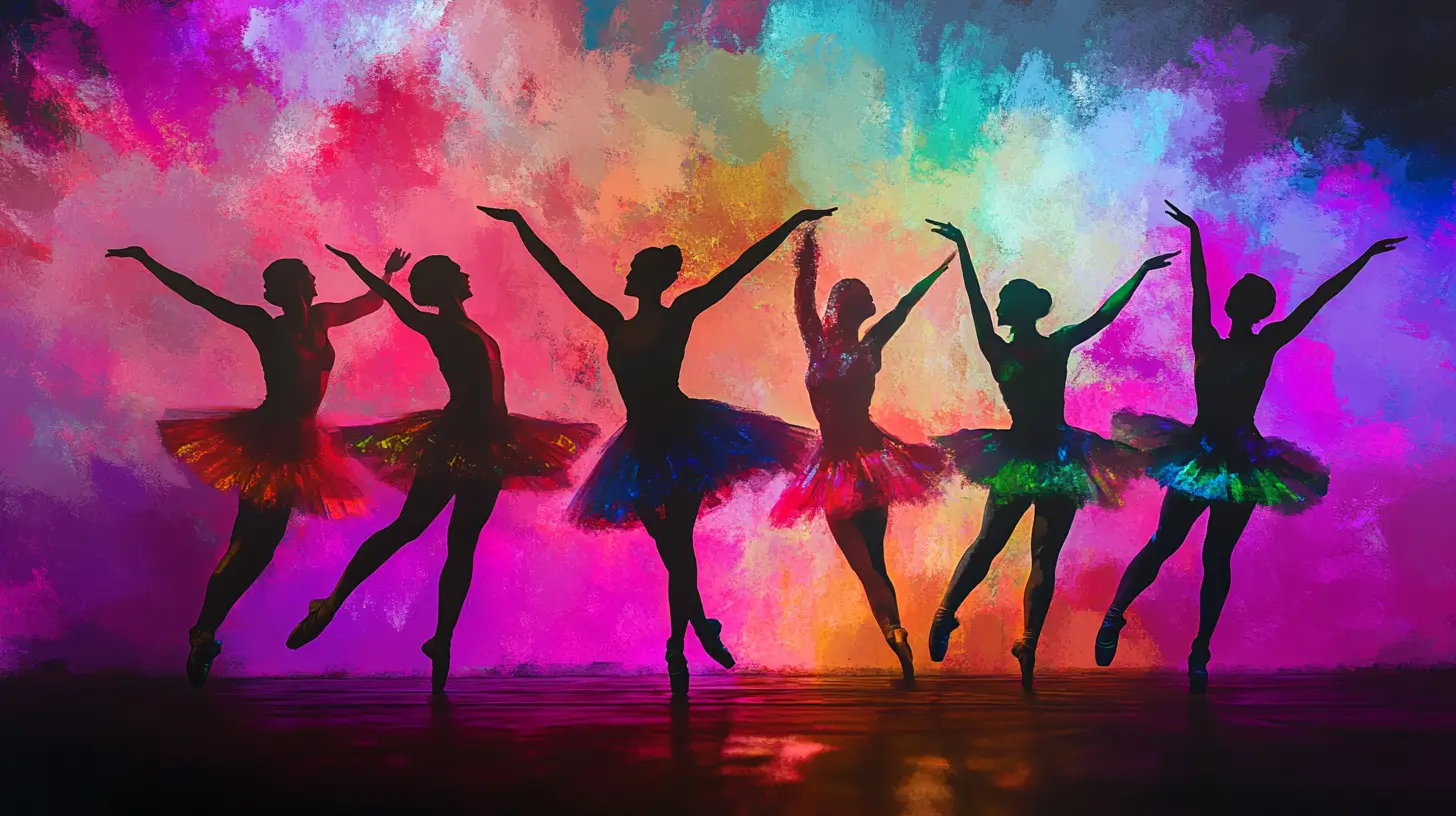
Swan Lake’s choreography is renowned for its elegance and complexity, showcasing the artistry of ballet as a form of storytelling. From the iconic swan pas de deux to the enchanting dance of the little swans, the ballet’s dance sequences are pivotal in conveying its themes of love and deception.
This section explores some of the most significant dance highlights, including the White Swan Pas de Deux, the Black Swan Pas de Deux, and the role of the Corps de Ballet.
White Swan Pas de Deux
In the White Swan Pas de Deux, Siegfried and Odette’s movements emphasize a sense of longing and romance. Their flowing arm movements create a visual connection between them.
This duet showcases the romantic themes and highlights their connection through fluid movements, making a happy ending, and it is one of the most enchanting moments in Swan Lake. The pas de deux powerfully expresses their love, enhancing the emotional depth of their interactions.
The White Swan Pas de Deux is a masterful blend of technique, music, and emotion, capturing the delicate balance between vulnerability and strength. The flowing arm movements and intricate choreography create a mesmerizing visual effect, drawing the audience into the intimate world of Siegfried and Odette. This dance serves as a poignant reminder of the transformative power of love and the beauty of human connection.
Black Swan Pas de Deux
Odile, the black swan, is a captivating and deceptive character who plays a key role in seducing Prince Siegfried. The Black Swan Pas de Deux is filled with intense emotions, showcasing the conflict and ultimate betrayal between Odile and Siegfried. This dramatic dance is pivotal in Swan Lake, emphasizing love, manipulation, and tragedy themes.
The choreography of the Black Swan Pas de Deux presents complex turns and jumps, requiring remarkable technical skill and athleticism from the dancers. This intense and demanding performance highlights the stark contrast between Odile and Odette, underscoring the duality of innocence and seduction.
The Black Swan Pas de Deux is a testament to the dancers’ prowess and the emotional depth of the ballet.
Corps de Ballet
The Corps de Ballet plays a crucial role in Swan Lake, particularly through synchronized movements that enhance the illusion of a flock of swans. The corps creates a mesmerizing visual effect, enhancing the portrayal of the swan maidens and reinforcing the themes of unity and grace in the performance. Their synchronized movements are essential in creating the iconic image of swans, requiring precise coordination and discipline.
The Corps de Ballet’s performance is a testament to the power of collective artistry. Each dancer’s movements contribute to a harmonious whole, creating a breathtaking spectacle that captivates the audience. The corps’s unity and grace are central to the ballet’s visual impact, making their role indispensable in bringing Swan Lake to life.
Musical Masterpieces

Tchaikovsky’s original score for Swan Lake is a masterpiece in its own right, enhancing the ballet’s emotional and dramatic impact. The music plays a crucial role in shaping the narrative, from the romantic Allegro Moderato to the lively Allegro Vivace and the poignant Andantino Quasi Moderato.
This section delves into these musical highlights and their significance in the ballet.
Allegro Moderato
The Allegro Moderato piece is a crucial musical backdrop that enhances the romantic tension during Siegfried’s first meeting with Odette. This piece introduces the themes linked to Siegfried and Odette, creating an enchanting atmosphere for their initial encounter. The romantic and emotional tone set by the Allegro Moderato is pivotal in establishing the connection between the characters, drawing the audience into their burgeoning love story.
The Allegro Moderato sets the enchanting scene for Siegfried and Odette’s romantic encounter. The lush orchestration and sweeping melodies encapsulate the profound emotions of this pivotal moment, making it a highlight of Tchaikovsky’s original score.
Allegro Vivace
The Allegro Vivace is characterized by its brisk tempo, reflecting the vibrancy and excitement of the enchanting ballroom scenes. This section is noted for its spirited tempo, providing an upbeat atmosphere during the festive ballroom scenes. The bright and fast-paced rhythms enhance the lively ballroom scenes, emphasizing the contrast between joy and underlying tension.
The energetic nature of Allegro Vivace captures the joy and excitement of the festive scenes while also hinting at a deeper emotional complexity. This lively tempo mirrors the excitement of the grand ballroom atmosphere, embodying the joyous spirit of these scenes and adding to the overall grandeur of the ballet, alongside the contrasting feelings evoked by allegro agitato.
Andantino Quasi Moderato
The Andantino Quasi Moderato conveys the characters’ emotional struggles and longing. It captures the ballet’s emotional intensity and reflects the characters’ struggles during pivotal moments. The poignant melodies and somber tones of the Andantino Quasi Moderato enhance the emotional landscape of Swan Lake, making it a crucial component of Tchaikovsky’s score.
Andantino Quasi Moderato significantly enhances the emotional landscape of Swan Lake. It reflects the characters’ deep emotional turmoil and desires throughout the ballet’s second act, adding a layer of complexity to the narrative and deepening the audience’s connection to the story.
Variations in Endings
Swan Lake’s enduring appeal is partly due to the various interpretations of its ending, from tragic conclusions to happier resolutions. The original libretto features a tragic ending and a sad ending where the swans of Odette and Siegfried cannot escape their fates, emphasizing the tragic elements of the story’s second act. In most modern versions, Rothbart’s curse is often lifted after the main characters die, allowing the swan maidens to regain their humanity.
Some reinterpretations of Swan Lake depict Siegfried defeating Rothbart, restoring peace, and saving the lovers’ daughter. Other adaptations present Odette as a woman remaining a full swan forever alone while Siegfried mourns, highlighting themes of loss and eternal longing.
This diversity in endings allows each production to offer a unique perspective on the tale, enriching the ballet’s legacy.
Cultural Impact and Adaptations

Since its debut in 1877, Swan Lake has evolved into a cultural phenomenon. It symbolizes ballet and inspires countless adaptations across various art forms. The ballet’s international prominence significantly rose after its 1910 premiere in London, leading to numerous famous adaptations.
Swan Lake’s influence extends beyond the performing arts. Its references appear in children’s entertainment and Halloween costumes, showcasing its broad cultural reach.
In various adaptations, such as the Russian and Chinese versions, the love between Siegfried and Odette triumphs over Von Rothbart, allowing Odette to regain her human form and live happily. Some contemporary adaptations take creative liberties, transforming the narrative to address modern social issues while incorporating elements of the original tragic story.
Swan Lake’s complex cultural meanings and role as a cautionary tale about perfectionism underscore its lasting impact and relevance.
Costumes and Set Design
The visual splendor of Swan Lake is greatly enhanced by its costumes and set design. The swan costumes, featuring handmade feathers crafted from ribbon and unique pearl tiaras for each swan, add a touch of elegance and individuality to the performance and showcase the beauty of swan form.
The second and final act is renowned for its corps de ballet, where costumes must enable uniform movement among dancers, reinforcing the themes of unity and grace. These meticulously crafted elements contribute to the ballet’s immersive experience, transporting audiences into its enchanted world.
Resume
Swan Lake is a timeless masterpiece that continues to captivate audiences with its enchanting tale of love, deception, and tragedy. From its mysterious origins and Tchaikovsky’s brilliant score to its iconic choreography and cultural impact, Swan Lake embodies the beauty and complexity of ballet.
As we reflect on its enduring legacy, we are reminded of the transformative power of art to transcend time and resonate with the human spirit.
Frequently Asked Questions
What inspired the story of Swan Lake?
Swan Lake is inspired by a blend of Russian and German folk tales, with the story possibly conceived by Bohemian choreographer Julius Reisinger drawn from his knowledge of these narratives. This connection to folklore enriches the ballet’s themes and characters.
How long did it take Tchaikovsky to compose Swan Lake?
Tchaikovsky composed Swan Lake within a year after receiving the commission in the spring of 1875, driven by his enthusiasm for the project.
What were the initial reactions to Swan Lake’s premiere?
The initial reactions to Swan Lake’s premiere in 1877 were overwhelmingly negative. The artistic director, the audience, and critics harshly criticized the production, prompting considerable revisions in subsequent productions.
How do Odette and Odile differ in Swan Lake?
Odette symbolizes purity and vulnerability, whereas her daughter Odile embodies deception and seduction. This stark contrast profoundly impacts Prince Siegfried’s destiny and the story’s progression.
What are some notable adaptations of Swan Lake?
Swan Lake has inspired numerous adaptations, including renowned Russian and Chinese productions highlighting the love story between Siegfried and Odette. Its cultural impact extends to children’s entertainment and seasonal themes, showcasing its timeless appeal.


